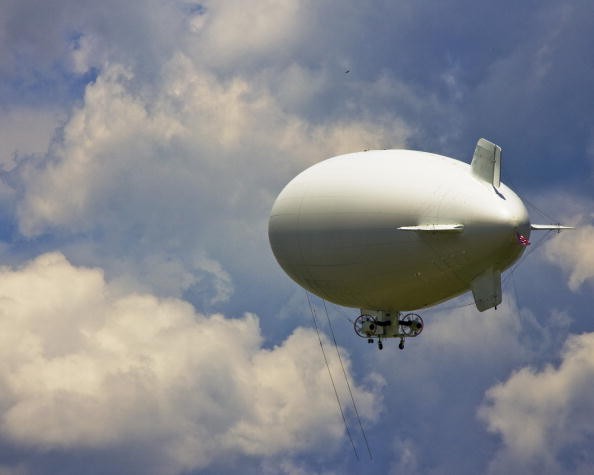Chinese scientists are developing a series of high altitude airships designed for Earth observation, maritime monitoring, and communication signal relays.
Researchers at the Chinese Academy of Sciences are working on stratospheric airships, so-called because of their capability to travel and stay in the stratosphere - the second major layer of the Earth's atmosphere at an altitude of 20-50 km - for prolonged periods of time.
According to the academy's five-year development plan for 2016-2020, the researchers are to develop key technologies and techniques for the airship and conduct flight tests by the end of 2020.
"Our stratospheric airships will come in various sizes, and we have test-flown two of them already," Wang Yuechao, director of the academy's Bureau of Major Research and Development Programs, told China Daily. "The latest test took place in August, when we flew an airship and achieved our goals."
Wang noted that nearly all of the world's major powers are exploring high-altitude aircraft, with China among the top leaders in the field.
The airships are designed to be operated autonomously or be remotely controlled by ground personnel, according to a report from China Daily on Wednesday.
Solar-powered, reusable, and unmanned, such vehicles can spend a long time in the air and serve a wide range of purposes, the report said.
Compared with spacecraft and satellites, stratospheric airships do not require a launch pad and are easier to retrieve and reuse. They also provide a wide view of the Earth and a longer operating time than conventional aircraft, said Wang Ya'nan, editor-in-chief of Aerospace Knowledge magazine.
"Therefore, they provide a better platform for Earth monitoring and maritime surveillance," he said.
Wang added that, since airships are closer to Earth than satellites, they can act as a better hub for relaying communications signals.
"Stratospheric airships are able to carry payloads that will be as much as 10 times that of a spacecraft," Wang said.
Zhu Ming, an associate professor at Beihang University in Beijing, said airships could also serve many uses in the public sector.
"They have a lot of potential in environmental protection, disaster relief and weather forecasting," he said.



























